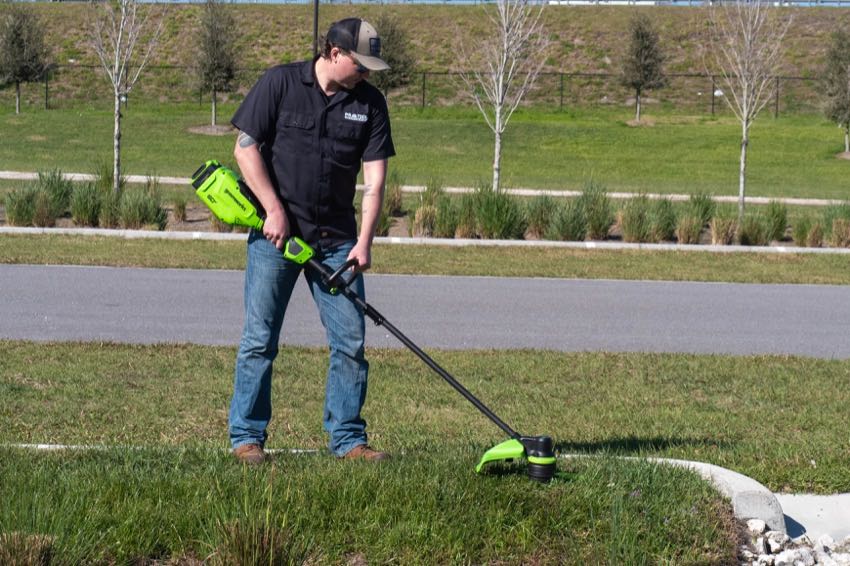Ten years after it was transferred from the U.S. Forest Service to the National Park Service, Valles Caldera National Preserve in northern New Mexico remains a fledgling unit of the National Park System, one that is continuing to grow and evolve.
While the park staff continues to work on a general management plan to guide the continued evolution of the preserve, one goal in place is to see it’s one of the more sustainable parks in the system, one with a small carbon footprint. To that effect, the preserve’s vehicle fleet on paper is fully EV, with eight electric vehicles in use, three more en route to the preserve, and nine others on order, according to the park’s annual report for 2023.
Additionally, the staff has reduced the waste material it sends to a landfill, with “75 percent by weight sent to recycling. Of that amount, 90 percent was steel (some 49,640 pounds), which generated revenue for the park’s recycling program. A further 9 percent was mixed recycling (cardboard and plastic). The final 1 percent was glass,” the report noted.
In working towards increasing visitor access, during the past year 19 miles of “backcountry road” were improved and maintained; more than 1,500 trees were cleared from 14 trails that traversed a collective 125 miles; another 25 miles of trails were surveyed; and during the winter crews groomed six miles of cross-country ski trails and six miles of snowshoe trails.
The “backcountry road” is a dirt road that traverses the southeastern corner of the preserve. Under the current approach to managing the preserve, motorists need a permit to drive the route, which crosses open grasslands and threads through stands of old growth forest. Last year 9,954 passes were issued to drive the road beyond the entrance station, a 19 percent increase over 2022.
In other projects, the preserve last year saw:
- Four miles of gas pipeline access road reclaimed, with another eight miles to be reclaimed this year;
- The complete removal of 77 miles of old livestock fencing;
- Began planning for wetland restoration projects;
- Authorized Rio Grand Return, a nonprofit that focuses on restoring riverine landscapes and ecosystems, to do “stream stabilization and willow planting along the western San Antonio Creek, including Beaver Dam Analogs—small in-stream structures designed to raise water tables and enhance riparian wetlands. In addition, Rio Grande Return and New Mexico Department of Game and Fish are partnering to release beavers back into Jaramillo Creek in 2024.”
The annual report also pointed to progress in reducing livestock trespass with adoption of a trespass livestock plan that allows for removal of trespassing livestock, developed plans for a range rider this year, and formulated plans for a virtual fence around the preserve, a project awaiting funding.
Not overlooked in the report was the sighting of a Mexican wolf that ventured into the preserve in November. The female wolf, named Asha by the U.S. Fish and Wildlife Service, was the first wolf spotted in the preserve’s landscape in 90 years.
“The last documented Mexican wolf sighting in Valles Caldera was in 1932, when ranch hand John Davenport shot it as part of a larger predator extermination program being pushed by the Predatory Animal and Rodent Control Service,” the park staff noted.
You can find the entire report here.





